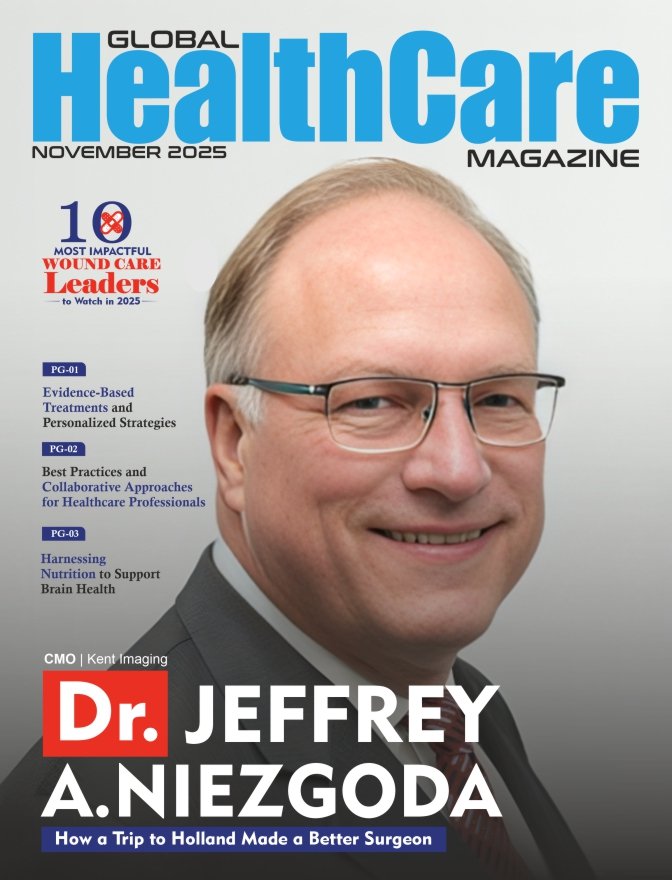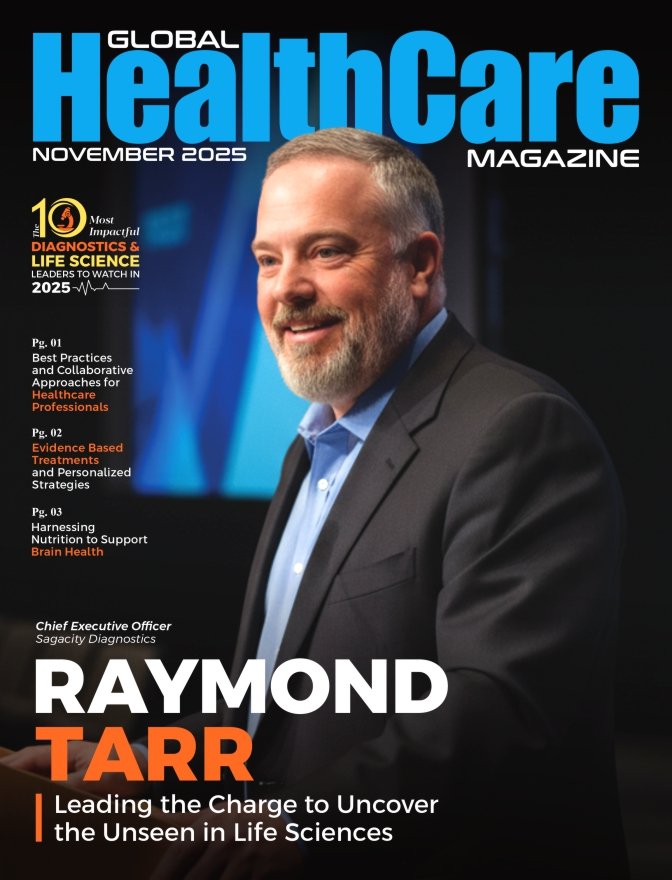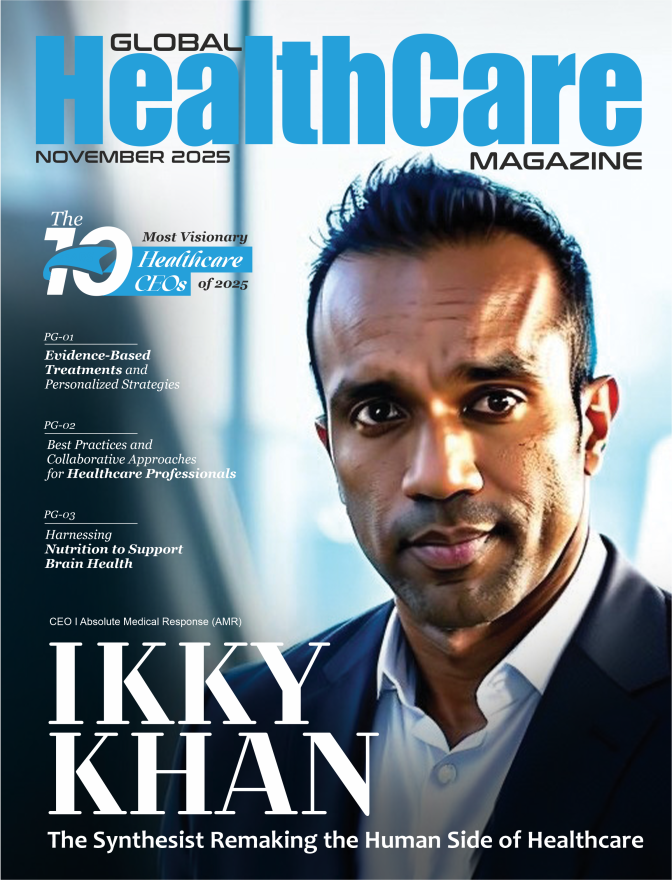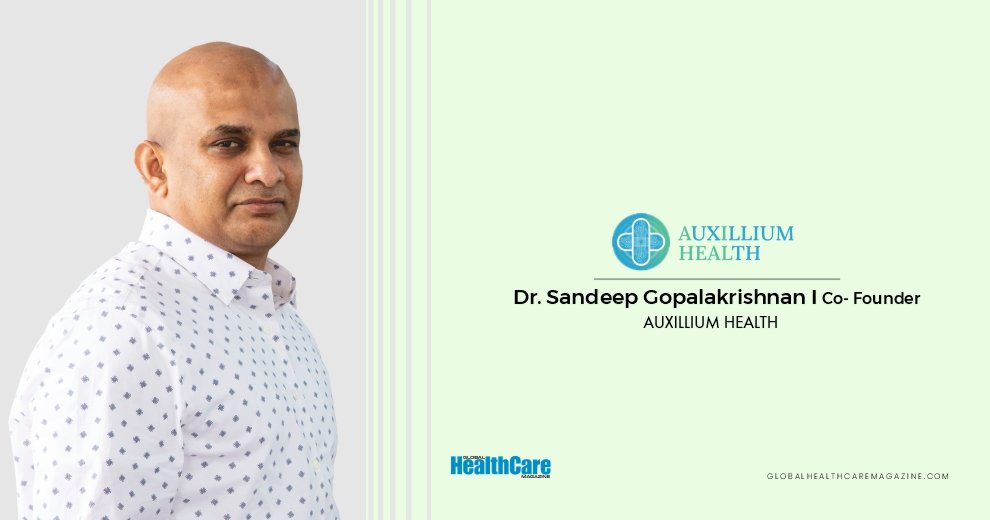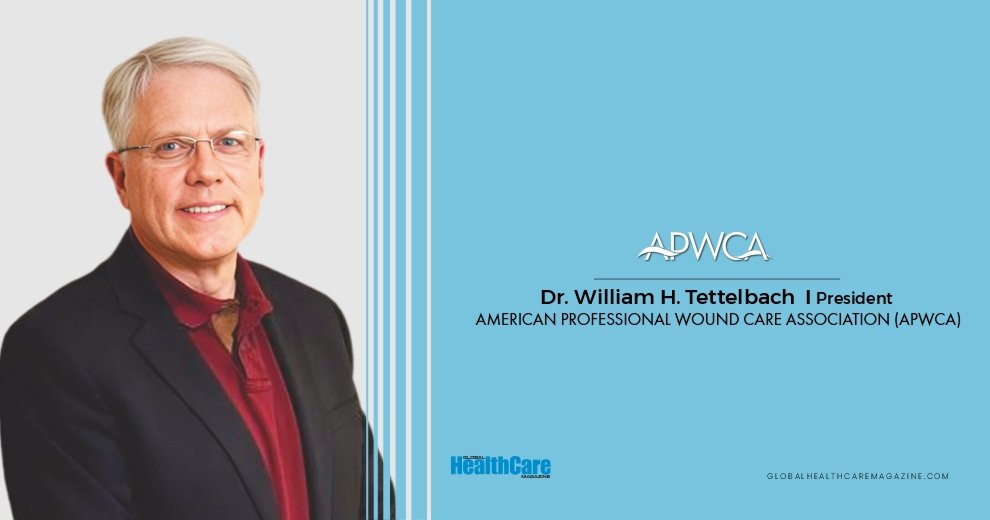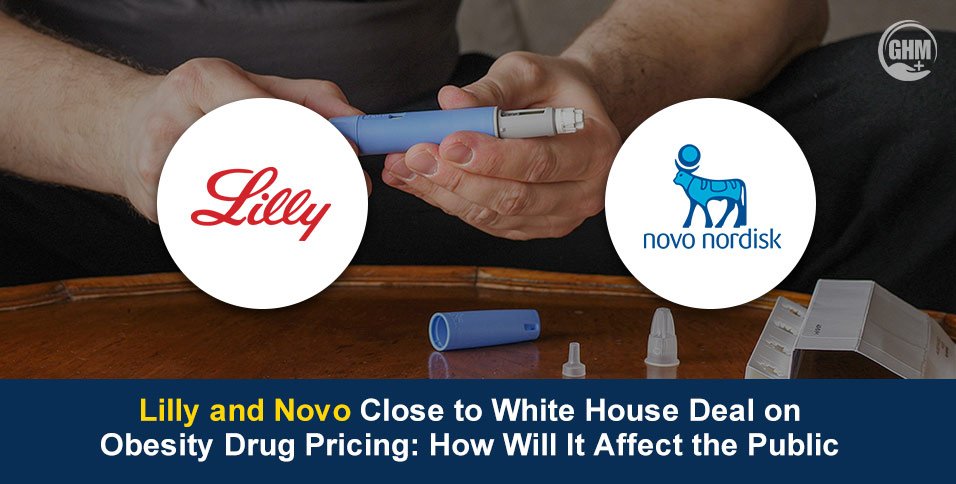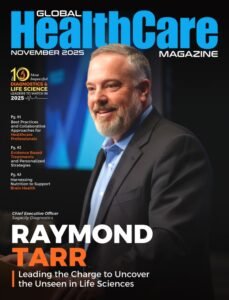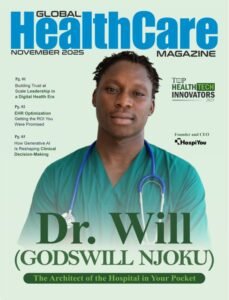In the often-siloed world of wound care and hyperbaric medicine, Dr. Jeffrey A. Niezgoda is a radical innovator and unifier. As a physician, visionary entrepreneur, and former leader of the nation’s key professional societies, his career has been a relentless quest to dismantle outdated dogma, build new systems of care, and infuse the field with the profound power of empathy.
The dream took root in the sixth grade. It was then that a young Jeffrey Niezgoda received a book from his Godmother, a copy of Dr. William Nolan’s classic, The Making of a Surgeon. For most kids, it might have been just another book on a shelf. For him, it was a spark. A clear, singular ambition ignited in his mind: he would become a physician. He imagined himself as a plastic or vascular surgeon, following the heroic path laid out in the pages of that book. But a life’s journey is rarely as linear as the plot of a novel. The path that would lead him to become one of the most innovative and influential figures in wound care and hyperbaric medicine would be one of unexpected detours, scientific rebellion, and a profound personal transformation that would teach him more about healing than any textbook ever could.
Dr. Niezgoda’s story is not just about medicine; it’s about challenging dogma, building systems where none existed, and discovering that the deepest source of a physician’s strength is not a steady hand or a sharp mind, but an empathetic heart.
The Renegade in the Chamber
The first major detour from Dr. Niezgoda’s planned surgical career came while he was serving as a Flight Surgeon in the U.S. Air Force. It was there that he was introduced to the strange and fascinating world of Hyperbaric Medicine. He found his passion. After training in Emergency Medicine, he pursued a fellowship in hyperbaric medicine, slowly gravitating toward a full-time career in wound care.
Scientifically, Hyperbaric Oxygen Therapy, or HBOT, is defined as having a patient breathe 100% oxygen inside a chamber pressurized to exceed 1.4 atmospheres. This process results in the supersaturation of oxygen in the blood, increasing its delivery to tissues and triggering a cascade of healing mechanisms, including the growth of new blood vessels (angiogenesis). From the beginning, Dr. Niezgoda was not one to accept established wisdom without question. “When I was doing my hyperbaric fellowship in the Air Force, I remember challenging the physician in charge of the program regarding the mechanism of action for hyperbaric oxygen therapy,” he recalls. “I simply did not agree with his teaching that it was only ‘tissue hyperoxygenation’.”
Through his own research, Dr. Niezgoda developed a new theory. He came to believe the primary mechanism was the mitigation of ischemia reperfusion injury—the damage that occurs when blood flow returns to tissue after being deprived of oxygen. This, he argued, is why HBOT is so impactful on a wide variety of conditions, from carbon monoxide poisoning to concussion. His exploration of “off label” uses often put him at odds with the mainstream. “While many hyperbaric physicians believe and accept the ‘hyperoxygenation’ misconception, others like me have explored ‘off label’ use of HBOT,” Dr. Niezgoda says.
“While we are often viewed as ‘black sheep’ and ‘renegades’, I would argue that we are advancing research initiatives with the ultimate goal of helping people.” This would become his professional transformation: a willingness to push boundaries in the service of patients.
Upon leaving the military, a chance dinner with the legendary Dr. Eric Kindwall and his wife, Marilyn, changed his life again. “I told him how I wanted to practice hyperbaric medicine,” Jeffrey says, “and he opened the door for me to become the Medical Director at his facility, St. Luke’s Medical Center in Milwaukee.” It was an incredible opportunity. By developing the wound care component of the practice, Dr. Niezgoda was able to grow the program into one of the largest and most respected in the country.
A Welcome to Holland
For all his professional success and scientific inquiry, the most profound transformation in Dr. Niezgoda’s life—the one that would fundamentally alter his approach to medicine—had nothing to do with a hyperbaric chamber or a research paper. It happened four years after he graduated from medical school, with the birth of his first son, Geoffrey.
“I regrettably admit that when I was a young physician, I lacked true empathy,” Dr. Niezgoda confesses with raw honesty. That changed forever when Geoffrey was born with Bladder Exstrophy, a rare and complex birth defect. To describe the experience, he turns to a poem by Emily Perl Kingsley.
“There is a poem ‘Welcome to Holland’… that perfectly describes the experience of having a child born with a birth defect as landing in Holland when you were expecting a trip to Italy. Kathleen and I landed in Holland with the birth of our first son Geoffrey.”
What followed was a crucible of love, fear, and pain. Eight weeks at Johns Hopkins, multiple surgeries, countless IVs, and the agonizing experience of witnessing their newborn in constant pain. It was, Dr. Niezgoda says, “an incredibly difficult and challenging experience, but one that certainly taught me empathy. This without a doubt made me a better physician.” That newfound empathy became the guiding force of his career. In the wake of their journey, he and his wife, Kathleen, founded an association to serve children born with Bladder Exstrophy and support their families. Today, the Association for the Bladder Exstrophy Community is an international non-profit organization, “all because we were blessed with Geoffrey.”
The Visionary Entrepreneur
Armed with a deeper understanding of the patient and family experience, Dr. Niezgoda began to see gaps in the healthcare landscape not as problems, but as opportunities for innovation. He launched a series of ventures, each one visionary and ahead of its time. In 2006, he founded Specialized Wound Management (SWM), one of the first mobile wound care practices in the United States, built on the realization that delivering care to patients with mobility challenges in their own homes was the way of the future.
Next came Advancing the Zenith of Healthcare (AZH), one of the country’s first programs to provide wound, hyperbaric, and vascular services together within a single, non-hospital-based facility, breaking down clinical silos to create a more integrated patient experience. Dr. Niezgoda also co-founded WebCME, an international web-based educational company that produced the first-ever Introductory Hyperbaric Medicine Training Course online, forever changing how this specialized knowledge was taught and disseminated. “While I don’t claim to be able to predict the future, I believe all these companies were visionary,” he says. “If my legacy reflects these innovations, I am proud that I helped create a better environment for patient treatment and healing.”
The Unifier and The Innovator
As Dr. Niezgoda’s influence grew, so did his frustration with the state of his chosen field. As Past President of both the American Professional Wound Care Association (APWCA) and the American College of Hyperbaric Medicine (ACHM), he saw a major problem: “the splintering and division amongst wound care specialists and the presence of multiple clinical societies.” This, he argued, diluted resources and duplicated efforts, noting that these organizations often share members and have similar goals. “We should be working together in a cohesive and collaborative fashion, not in competition,” he insists.
For over a decade, Dr. Niezgoda’s goal has been the unification of these societies. The APWCA and ACHM, he says, have established the pathway forward, setting an example for others. He believes that “wound care will never be recognized as a SPECIALTY if we remain siloed and divided” and that unification is critical to “foster an intellectually supportive and engaging community which will result in better patient care.” Hand-in-hand with unification is certification. He points out that, unlike nearly all other medical specialties, there is currently no formal board certification in wound care. He strongly endorses the American Board of Wound Healing (ABWH) as the pathway to formal board certification, a critical step in recognizing clinicians with extensive training and experience.
Seeing the Unseen in an Amazing Era
Dr. Niezgoda’s innovative spirit also led him to the cutting edge of medical technology. For over five years, he has served as the Chief Medical Officer for Kent Imaging, a company revolutionizing wound assessment. “Tissue imaging technologies are making a profound impact… by allowing us to ‘see’ what before we could not,” he explains. Using imaging to visualize tissue oxygenation, bacteria, and biofilm allows clinicians to make better decisions and achieve improved patient results.
He believes we are living in an “amazing era for wound care and hyperbaric medicine,” fields that he says were “essentially stagnant for the past 20 years” but are now “exploding with advances” due to AI, novel imaging, and expanded uses for HBOT. Dr. Niezgoda sees a future with metabolic cameras and AI-integrated imaging algorithms continuing to positively impact care. His work with Auxillium Health, a leader in deploying AI imaging applications, is a perfect example of this forward-thinking approach. He emphasizes that this technology is not just innovative; it’s life-saving. “Improving patient access to skilled wound care early, before complications begin, will save lives and limbs,” he says, noting that HBOT as an adjunct to regenerative therapies also shows incredible promise.
The Smoke Screen of Retirement
Today, Dr. Niezgoda’s days are a whirlwind of concurrent leadership roles. For the last 30 years, he has been fortunate enough to pursue his passion daily, transitioning from just work to doing what he loves. He claims he is “moving toward retirement,” but quickly admits this is “merely a smoke screen” to allow him to focus on the projects that ignite his passion.
Chief among them is bringing a novel, patented topical wound care gel to market. “This patented technology is simply the best topical that exists as it mitigates inflammation,” Dr. Niezgoda says with the conviction of a scientist who has seen the results firsthand on thousands of patients, noting both “spectacular healing” and pain relief. He is also working closely with Dr. Sexton, Dr. Gopalakrishnan, and his son, Jonathan, to expand the portfolios of RxOS and Auxillium with new oxygen-based technologies, nutraceuticals, and AI-enhanced apps.
Through it all, Dr. Niezgoda’s priorities remain crystal clear. “My priorities are my family first, followed by my profession, everything else is frosting on the cake,” he says. He embraces the philosophy that “success in life is manifested by the success of your children.”
He speaks with immense pride of his four wonderful children: Geoffrey, who is healthy and graduated with a degree in film and video; Jonathan, who is following in his footsteps and is currently in medical school at William Carey School of Osteopathic Medicine; Laura, who is enrolled at the University of Wisconsin Law School; and Margaret, who is thriving in fifth grade. And he is quick to credit his wife of nearly 40 years. “Kathleen has been a wonderful copilot,” he says. “I am incredibly lucky to have her by my side.”
Dr. Niezgoda’s guiding principles are as clear as his priorities: find and live your passion, strive to help others, live by the principles he learned as an Eagle Scout, and do not listen to negative people. It is a compass that has served him well, guiding the sixth-grade boy with a dream, the renegade flight surgeon, the empathetic father, and the visionary leader on a remarkable journey to change the landscape of healing.
Quotes

Also Read: 10 Most Impactful Wound Care Leaders to Watch in 2025


